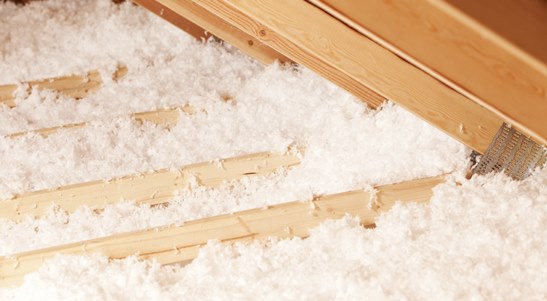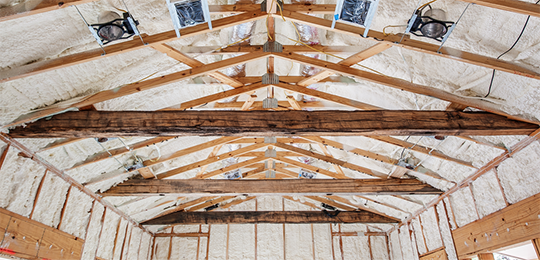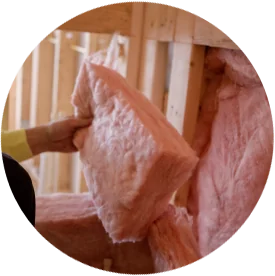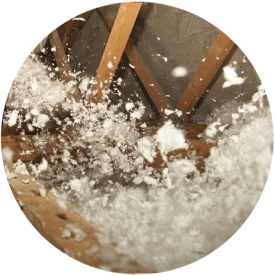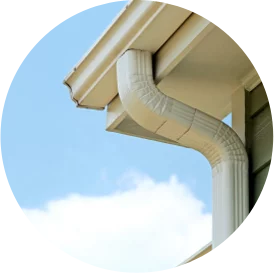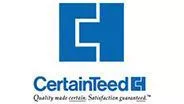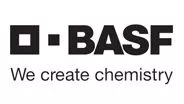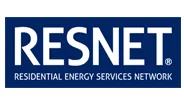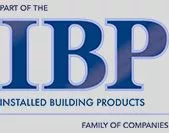Keeping your home comfortable year-round can be expensive, especially in areas with hot summers or freezing winters. One of the most effective ways to reduce your heating and cooling costs is also one of the most overlooked: proper insulation. Adequate insulation helps maintain indoor comfort, reduces energy consumption and keeps your HVAC system running efficiently, making it a wise long-term investment.
In this blog post, the insulation professionals at Installed Building Products Tulsa explain how proper insulation can save you money on utility bills.
How Insulation Helps Maintain Temperature Consistency
Insulation minimizes thermal transfer between your home’s interior and exterior. During winter, it traps warm air inside, while in summer, it keeps hot air out. Without proper insulation, your HVAC system works harder to maintain consistent temperatures, leading to higher energy bills.
When your home is well-insulated, your HVAC system doesn’t have to constantly turn on and off to adjust temperatures. This saves energy and reduces wear and tear on your equipment, leading to fewer breakdowns, less frequent repairs and a longer system lifespan.
Identifying Areas That Need Insulation
Certain parts of your home are more prone to energy loss, including the attic, exterior walls, basement and crawl space. Poor attic insulation, in particular, is a major reason for high energy bills as rising heat escapes easily in the winter while summer heat seeps in. Upgrading insulation in these areas can significantly improve home efficiency.
Signs Your Home Needs Better Insulation
Watch out for these signs that point to poor insulation in your home:
- Uneven indoor temperatures
- Cold drafts
- Unusually high energy bills
- Moisture issues
The Benefits of Energy-Efficient Insulation
Energy-efficient insulation limits how much your HVAC system has to work, resulting in lower utility bills. By maintaining a consistent indoor climate, insulation ensures your system uses less energy to keep your home comfortable.
Upgrading your insulation delivers immediate reductions in energy costs and long-term comfort. It also lowers the chances of HVAC issues and repairs down the road. Over time, this one-time upgrade continues to pay off in the form of efficiency and lower maintenance costs.
Common Types of Insulation & Their Benefits
There are several different types of insulation, each offering its own benefits:
- Fiberglass insulation: One of the most common and affordable types of insulation, fiberglass is effective for walls and attics. It’s easy to install and offers solid performance without a high upfront cost.
- Spray foam insulation: Offering a high R-value with an airtight seal, spray foam insulation is perfect for attics, basements and crawl spaces. It’s especially good at blocking drafts and reducing air leaks.
- Cellulose insulation: Made from recycled paper products, cellulose insulation is an eco-friendly option that works well for filling wall cavities and attics, providing excellent thermal protection.
How to Choose the Right Insulation for Your Home
Your local climate, the age of your home, your energy goals and your budget all play a role in selecting the right insulation. Choosing insulation with the right R-value is essential for optimal performance. A professional insulation contractor can assess your home’s current insulation levels, recommend the best materials and ensure a proper installation for maximum efficiency.
Frequently Asked Questions
How much can I save with insulation?
According to the U.S. Department of Energy, upgrading insulation can save homeowners up to 15% on heating and cooling costs.
How long does insulation last?
Most types of insulation last 20 to 30 years, though performance can degrade over time due to moisture, pests or settling.
Can I install insulation myself?
DIY insulation is possible, especially with fiberglass batts; however, spray foam and cellulose usually require professional equipment and expertise.
How do I know if my insulation needs to be replaced?
If your home has cold spots, fluctuating temperatures, rising energy bills or visible moisture or mold, it may be time to replace or upgrade your insulation.

